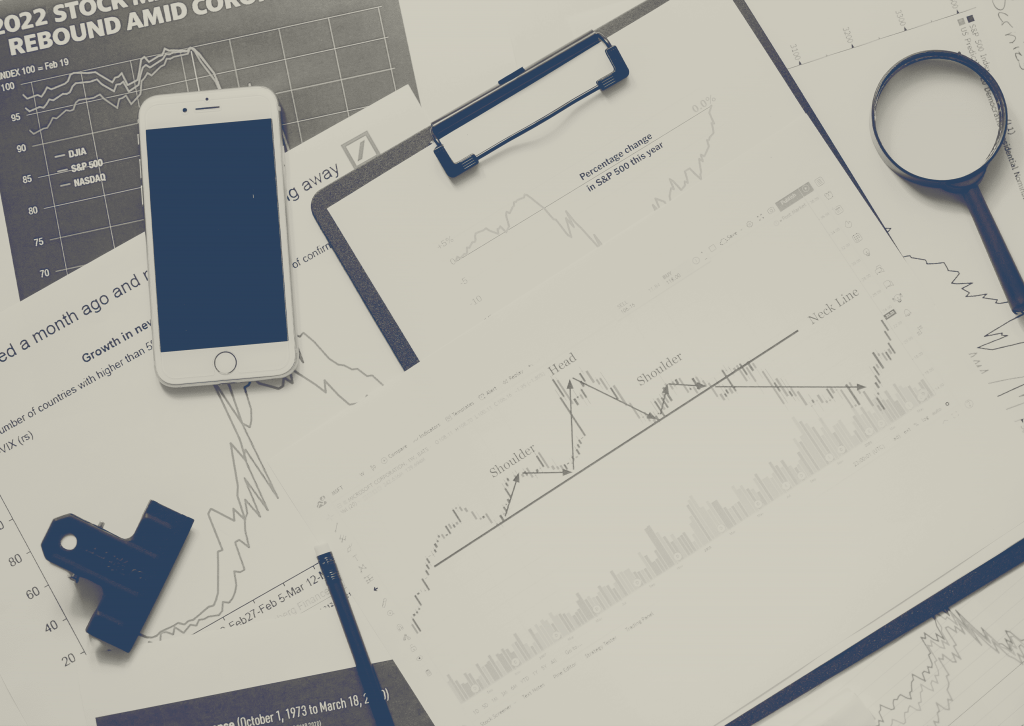Advantages and challenges of applying Business Intelligence in your company

Nowadays, companies that aim to compete in the market reach a point in which they need to implement, as part of their competitive strategy, the study of their data. One of the areas in charge of this, in Data Science, is Business Analytics. It is in charge of analyzing each area of the organization’s data in order to find patterns that help understand the past and present, as well as predict the future.
For example, a study about the products and services that the company offers could be carried out. If this data is crossed with the hours dedicated to each over time, it is possible to obtain knowledge that will allow to understand the current value of the company in relation to its products, how these have evolved and how much time was invested in each.
Why measure and what for?
Without doubt, the most important part of the process of making the most out of data is to measure the elements that define the company’s success such as sales or leads. To achieve it, one of the greatest challenges that companies face is being able to define a clear measurement strategy. As part of this strategy we have the things we want and can measure, which are our data sources, who are the people who manage or consume them and which are the points in which we can measure data quality. Measuring enables us to know how everything is going, and with that information define clear objectives in our improvement strategy.
Therefore, why measure?
- Because the company needs to make decisions.
- Because it needs to know its efficiency (otherwise, we would advance blindly, making decisions on intuition or assumptions).
- Because it requires to know if it is on the right track or not in each area.
- Because it is needed to improve in each area of the company, mainly in those points in which it is weaker.
- Because it is required to know, as far as possible, in real time, what is going on in the company (efficiency or inefficiency).
What to measure for?
- To be able to interpret what is going on.
- To take action when variables exceed established limits.
- To define the need to introduce changes and/or improvements and be able to evaluate the consequences in the least possible time.
- To analyze the historical trend and appreciate productivity over time.
- To establish the relationship between productivity and cost effectiveness.
- To direct or re-direct financial plans.
- To relate productivity with the wage level.
- To measure the company’s risk situation.
- To provide the basis of strategic development and focalized improvement.
What challenges do we have ahead?
Even though the concept of BI (Business Intelligence) was introduced for the first time in 1958 by Hans Peter Luhn, an investigator of IBM, finally Howard Dresner proposed a formal definition in 1989. The concept has evolved over the years and technologies have advanced to the point in which they allow any company to access the benefits that BI provides. But as uncle Ben used to say: “With great power comes great responsibility”.
Even though it is true that tools are already at everybody’s disposal, the world of BI is relatively new to many companies. This generates new challenges to which companies are not used to and it is difficult for them to generate ROI from this activity.
Which are the main challenges that companies face?
- Diversity of data sources.
- Difficulty to choose the right tool.
- Disconnection between the technical area and clients’ data (Marketing, Sales, etc.)
- Lack of training.
- Distrust of data.
- Lack of data governance.
- Company’s inexperience to face these challenges.
- Fear of change.
Conclusion
As reflected in the numbers of the survey carried out by the NewVantage Partners (NVP) 2022 annual executive survey, only 26.5% consider themselves data-driven organizations, according to the survey this is 91.9% due to Cultural factors, of Processes or People. Meanwhile, an 8.1% is because of technological limitations.
However, for those companies that manage to overcome these challenges, the reward will be huge. We believe that the keys to achieve this with success are to understand the business’ needs, achieve S.M.A.R.T. (specific, measurable, assignable, realistic and time-related) objectives, model and implement a data model that allows us to measure our objectives and apply all this knowledge as part of a process of continuous improvement.
Even though it seems that challenges and the great uncertainty may make it difficult to extract ROI from Business Intelligence, as the NVP survey shows, 92.1% of companies declare that they have returns on their investments.
References:
Business Intelligence Systems: State-of-the-art Review and Contemporary Applications. (n.d). https://www.researchgate.net/profile/Siew_Fan_Wong/publication/228741281_Business_Intelligence_Systems_State-of-the-art_Review_and_Contemporary_Applications/links/5565798108aec4b0f4859d3d.pdf
Business intelligence : técnicas de análisis para la toma de decisiones estratégicas | WorldCat.org. (2003). https://www.worldcat.org/es/title/business-intelligence-tecnicas-de-analisis-para-la-toma-de-decisiones-estrategicas/oclc/56795483

